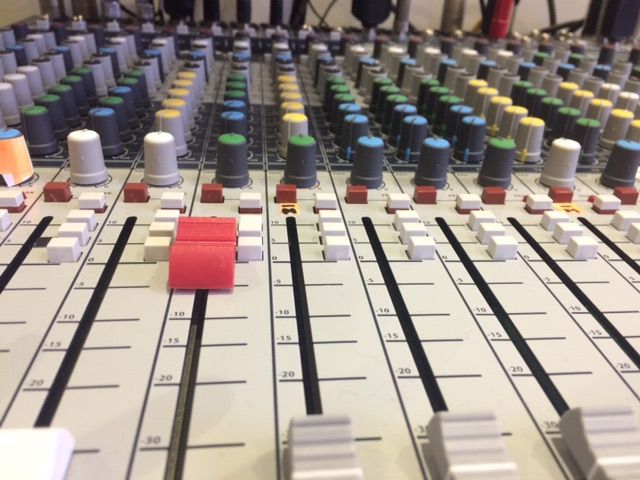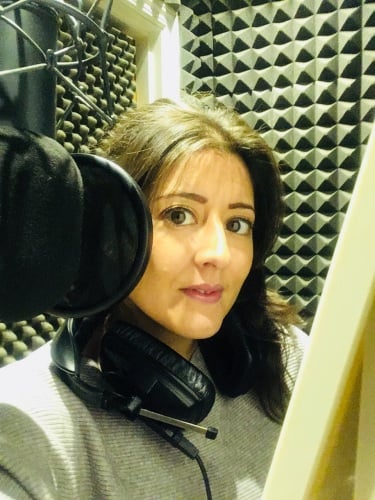What else does a Voiceover need?
Posted on
I love this question. Lots of people ask me this question and I ask them “What do you mean?” Other than answering a question with a question (which amuses me), I do so to ensure I have got the right end of the stick. In the majority of cases what the question setter is actually asking is what more skills or techniques should they learn, develop, try their hand at. And as a rather chatty voice actor (well you know that already about me) I usually launch into a long and varied often tangential discussion about how as an actor it is your life, duty and responsibility to in fact do everything. However this is hardly what the person expects to hear but rather I have realised that I can simply break this right down to the nuts and bolts of what turns a voice into a VOICE. I stand by the whole “everything” concept though but perhaps it is too vague so a longer answer follows. Keep up!
The simpler answer is that an actor is a watcher and a channeller. This is one of my favourite games to play. I watch people and I always have done. I love watching how they dress, walk and talk and then playing a mini mastermind challenge with myself about who they are. What do they like to watch? Do they drink tea or coffee? Black/white/lemon/sugar or a smoothie in the morning? Do they have a pet? Are they a dog/cat/nothing person? Where do they buy their groceries from? And from those simple questions I enjoy delving into harder questions such as do they enjoy their job? If they could be anything what would that be? How has their heart been broken? What has been their greatest joy? I imagine how their voice would sound like from all of my deductions. Call me Shirley Holmes as it really is observation at the highest order. Then I file this person away into my mental character palace (I have palaces in various locations much like the filing system in Jurassic Park only mentally and with much fluffier dinosaurs). There they sit, awaiting their turn like much loved and cared for old toys. They come out as and when I decide and then I channel. I put them on as you would a coat and I become them right down to the way they breathe, blink and bark (metaphorically obviously). They they come alive and take flight, lifting the copy off the sheet or screen when they/me speak and talk for them, with them. The guiding question for this is how - how would this character read this and for whom?
Another simplest answer is to experience life. “Do what makes you happy” is a great phrase for this. I feel that to deliver the best lines that are authentic to the role and character and the content experiencing many things will develop you as a person. What do you enjoy most? Apart from working on audio projects and speaking on panels as well as voicing, I love dance, music, photography, art, food, travel and pets. Sound a tad like a dating profile list but in essence this is more a life profile list. I adore all forms of dance and have tried my hand at many of them. I get to them watch and explore other characters in areas I would never have considered. I love slinking off to a museum or two such as the Tate Modern and losing myself in colour and finding myself in different worlds. Taking such flights of fancy enable me to reach new places that always help my roles when I record in the booth. Food is such a gift as well and having lived in several countries I always wonder how food can be such a cultural thing and can be such a character influencer. I ask all of these questions as I wonder around this world simply to become better, to learn and grow and be. Being a voice is a wonderful thing and whether its a character in an audio drama or video game or talking to patients for medical videos, each and every experience enriches my performance. What does a voiceover artist become? They become everything!



